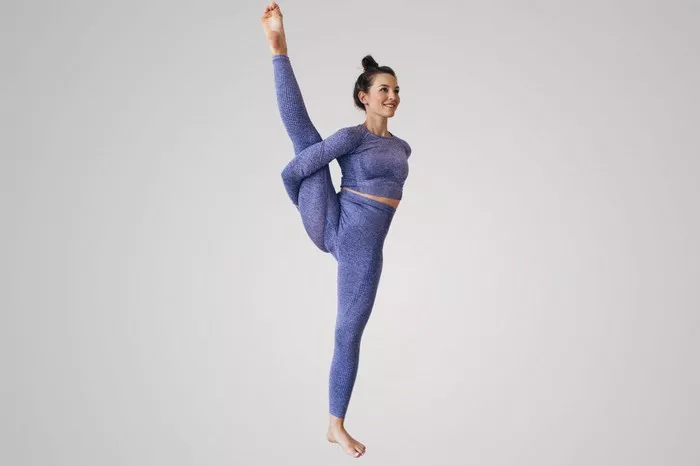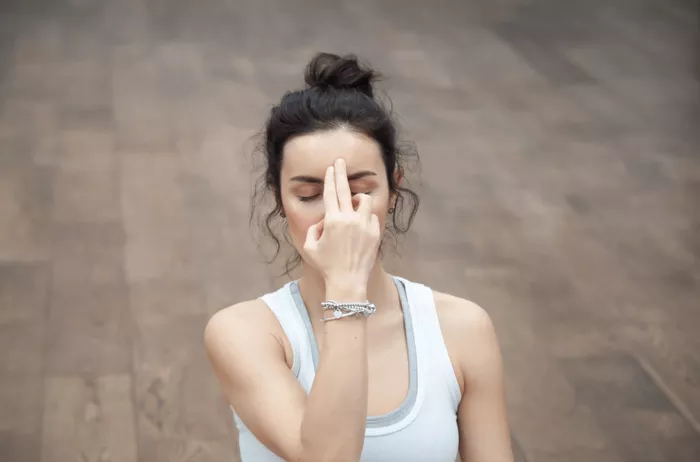Back pain is a common issue that affects millions of people worldwide. Whether it’s caused by poor posture, sedentary lifestyles, or injuries, finding effective relief is essential for maintaining overall health and well-being. One of the most holistic and effective approaches to alleviate back pain is yoga. This ancient practice combines movement, breath, and mindfulness, offering a range of poses specifically designed to strengthen the back, improve flexibility, and promote relaxation. In this article, we will explore some of the best yoga moves for back pain relief, providing you with a comprehensive guide to help you manage and reduce discomfort.
Understanding Back Pain
Before delving into specific yoga poses, it’s crucial to understand the common causes of back pain. Back pain can result from:
Muscle Strain: Overexertion or improper lifting can lead to muscle strain, causing discomfort in the lower back.
Poor Posture: Sitting for long periods with poor posture can contribute to back pain.
Herniated Discs: Discs in the spine can bulge or rupture, leading to nerve compression and pain.
Arthritis: Conditions like osteoarthritis can affect the spine, causing pain and stiffness.
Yoga can help by promoting flexibility, strengthening the muscles that support the spine, and encouraging proper alignment.
See Also: Is Okay to Only Do Yoga for Exercise? Exploring the Benefits
Best Yoga Moves for Back Pain Relief
Child’s Pose (Balasana)
Benefits: Gently stretches the back, hips, and thighs, promoting relaxation and relieving tension.
How to Do It:
Begin in a kneeling position with your big toes touching and knees spread apart.
Sit back on your heels and extend your arms forward on the mat.
Rest your forehead on the ground and take deep breaths for 30 seconds to 1 minute.
Cat-Cow Stretch (Marjaryasana-Bitilasana)
Benefits: Increases flexibility in the spine and relieves tension in the back.
How to Do It:
Start on your hands and knees in a tabletop position.
Inhale and arch your back, lifting your head and tailbone (Cow Pose).
Exhale and round your back, tucking your chin and tailbone (Cat Pose).
Repeat this flow for 5-10 breaths.
Downward-Facing Dog (Adho Mukha Svanasana)
Benefits: Strengthens the back and stretches the hamstrings and calves.
How to Do It:
Start on your hands and knees, then lift your hips up and back.
Straighten your legs and press your heels toward the ground.
Hold for 30 seconds to 1 minute, breathing deeply.
Sphinx Pose
Benefits: Strengthens the lower back and opens the chest.
How to Do It:
Lie on your stomach with your elbows directly under your shoulders.
Press your forearms into the mat and lift your chest.
Hold for 30 seconds to 1 minute, focusing on lengthening the spine.
Cobra Pose (Bhujangasana)
Benefits: Strengthens the spine and stretches the chest and shoulders.
How to Do It:
Lie on your stomach with your hands under your shoulders.
Press into your hands to lift your chest, keeping your elbows slightly bent.
Hold for 15-30 seconds, breathing deeply.
Bridge Pose (Setu Bandhasana)
Benefits: Strengthens the back, glutes, and hamstrings while opening the chest.
How to Do It:
Lie on your back with your knees bent and feet hip-width apart.
Press your feet into the mat and lift your hips toward the ceiling.
Hold for 30 seconds to 1 minute, squeezing your glutes.
Pigeon Pose (Eka Pada Rajakapotasana)
Benefits: Opens the hips and relieves tension in the lower back.
How to Do It:
Start in a tabletop position and bring your right knee forward, placing it behind your right wrist.
Extend your left leg back and lower your body over your right leg.
Hold for 30 seconds to 1 minute, then switch sides.
Standing Forward Bend (Uttanasana)
Benefits: Stretches the hamstrings and lower back, promoting relaxation.
How to Do It:
Stand with your feet hip-width apart and fold forward at the hips.
Let your head hang and relax your neck.
Hold for 30 seconds to 1 minute, bending your knees slightly if needed.
Seated Forward Bend (Paschimottanasana)
Benefits: Stretches the spine and hamstrings, promoting relaxation.
How to Do It:
Sit with your legs extended in front of you.
Inhale and lengthen your spine, then exhale as you fold forward.
Hold for 30 seconds to 1 minute.
Supine Spinal Twist (Supta Matsyendrasana)
Benefits: Stretches the back and promotes spinal mobility.
How to Do It:
Lie on your back and draw your right knee toward your chest.
Gently guide your right knee to the left, keeping your shoulders grounded.
Hold for 30 seconds, then switch sides.
Tips for Practicing Yoga for Back Pain
Listen to Your Body: Always pay attention to how your body feels during each pose. If something hurts, modify the pose or skip it.
Breathe Deeply: Focus on your breath to enhance relaxation and relieve tension.
Use Props: Incorporate yoga blocks, straps, or bolsters to support your practice and achieve better alignment.
Practice Regularly: Consistency is key. Aim for a few short sessions each week to see improvement.
Consult a Professional: If you have chronic back pain, consider consulting a yoga instructor or physical therapist for personalized guidance.
Conclusion
Yoga can be a powerful tool for managing and relieving back pain. By incorporating these yoga moves into your routine, you can improve flexibility, strengthen your back, and promote overall well-being. Remember to listen to your body and practice mindfully. With time and consistency, you can find relief from back pain and enjoy a healthier, more active lifestyle.
You Might Be Interested In





















